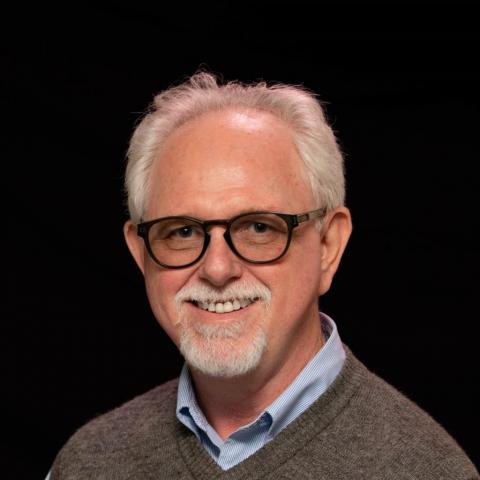My archaeological research focuses primarily on the evolution of complex societies in the tropical lowlands of southern Veracruz, Mexico, including the Olmecs and their Epi-Olmec and Classic-period successors. Specifically, I study the interactions among environment, economy, ideology, and political practice at scales ranging from the individual household to supraregional political economies. In pursuing my research I draw on my interdisciplinary training in anthropology, geology, and geochemical characterization to understand patterns of resource exploitation and exchange within their social and cultural context. My research also attempts to move the archaeological investigation of culture change toward approaches that address variability within and between ancient cultures and away from typological approaches that obscure variability within cultural types and present culture change as a sequence of steady states. The analysis of variability provides a more accurate characterization of cultural systems and allows more sophisticated analysis of dynamic change. The University of Kentucky has recognized the significance of this work by conferring its highest research honor, the title of University Research Professor.
Recently I began a new NSF-supported research program with Dr. Marcie Venter (Murray State University) centered on the long-term effects of the colonial introduction of sugar cane to southern Veracruz by Hernán Cortés in the early 16th century. The project focuses on changes in the environment, labor recruitment and the livelihoods of indigenous, enslaved African and descendant populations in the lowlands of the Papaloapan river basin from the Aztec-dominated Late Postclassic period through the 19th century.
I have worked in this area since 1983, first investigating ceramic production and exchange at the Classic period site of Matacapan, and household organization at the Late and Terminal Formative site of Bezuapan. Since 1995 I have directed survey and excavations at the Olmec and Epi-Olmec site of Tres Zapotes and its environs with principal financial support from the National Science Foundation and institutional support from the University of Kentucky and Ithaca College, collaborating with colleagues from the Universidad Veracruzana, the Universidad Nacional Autónoma de México and the Instituto Nacional de Antropologia e Historia. Covering a span of 2,000 years, Tres Zapotes contains the longest continuous record of occupation for a major center in the southern Gulf lowlands, encompassing the Olmec, Epi-Olmec and Classic periods. This time span saw the emergence of the political institution of kingship, as well as the development of one of the earliest and most sophisticated writing systems in the New World. The main objective of my work at Tres Zapotes is to understand changes in political-economic power strategies in the transition from Olmec to Epi-Olmec times and beyond, including an apparent shift toward a more collective form of government around 400 B.C. To test this model, I conducted research on two related and critical aspects of Formative period political economy at Tres Zapotes: (1) the temporal and organizational relationships among formal civic-ceremonial architectural complexes and (2) differentiation in craft production at independent and elite-associated (or "attached") production loci. Subsequent to this research Dr. Michael Loughlin and I directed an archaeological survey pioneering the archaeological application of lidar (aerial laser mapping) in southern Veracruz.
Evolution of complex societies, political and economic archaeology, colonialism, historical ecology, landscape and memory, ceramic analysis, archaeometry, geoarchaeology; Mesoamerica.

